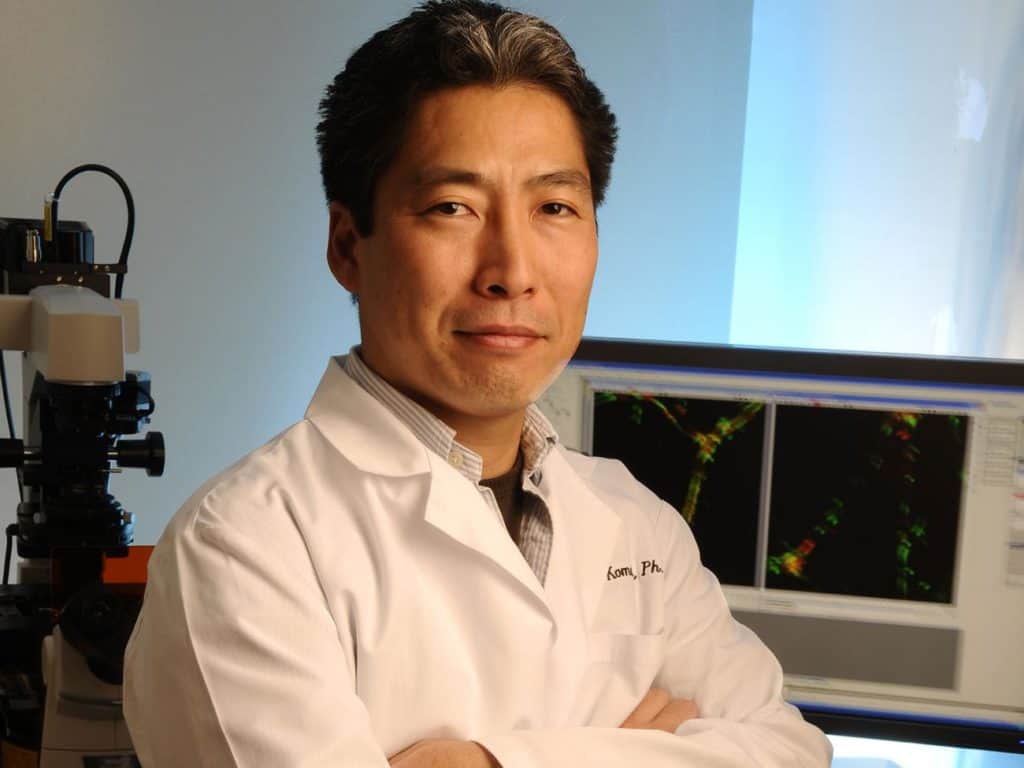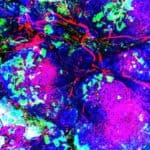
Scientists at Sanford Burnham Prebys Medical Discovery Institute (SBP) have discovered a key to growing new blood vessels. Their finding could lead to new treatments to improve blood flow in ischemic tissue, where blocked blood vessels prevent nourishment of surrounding tissue, such as that found in atherosclerosis and peripheral vascular disease associated with diabetes.
Masanobu Komatsu, Ph.D., associate professor at SBP’s Lake Nona campus, researches normal and abnormal blood vessels to understand the complex signals that are essential for angiogenesis, the growth of new blood vessels from pre-existing vessels. The goal of his research is to make discoveries that will improve blood flow to various organs or limbs and provide treatment for a range of diseases, such as repairing damaged heart function, preventing limb amputation among diabetics or targeting cancer fighting drugs directly to tumors.
“Our research shows that the formation of fully functional blood vessels requires activation of a particular protein. This mechanism is necessary for the formation of the hallow structure within a blood vessel through which blood flows,” says Dr. Komatsu. “The findings are important because they shed new light on the biological process needed to increase blood flow in ischemic tissues.” The research was recently published in Nature Communications, a prestigious peer-review journal.
Previous efforts to treat ischemia by creating new blood vessels have focused on delivering vascular endothelial growth factor (VEGF) to ischemic sites. But all of these studies, including more than 25 phase II and III clinical trials, have failed to offer significant benefit to patients.
Komatsu’s research team used a combination of 3D cell culture and living tissue to show that VEGF promotes vascularization, but the vessel structures formed are chaotic, unstable and non-functional. “Functional vessels need to have a lumen – a pipe-like opening that allows oxygenated blood and nutrients to travel through the body,” explains Komatsu, “and VEGF alone cannot fully support the formation of such a vessel structure.”
“Generating new blood vessels is similar to the way trees grow; sprouts develop from existing vessels and then branch out further and further to restore vascularity,” says Fangfei Li, Ph.D., postdoctoral associate in Komatsu’s lab and lead author of the paper. Junko Sawada, a staff scientist in the Komatsu lab, was a co-author of this study.
The research team’s next step is to activate the signaling process that promotes vascular growth through either gene therapy or pharmacologically. While new treatments based on this discovery are still years away, the discovery offers hope to patients for whom invasive treatments or surgery are not an option.



